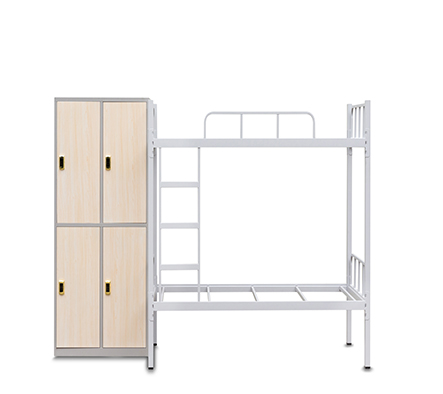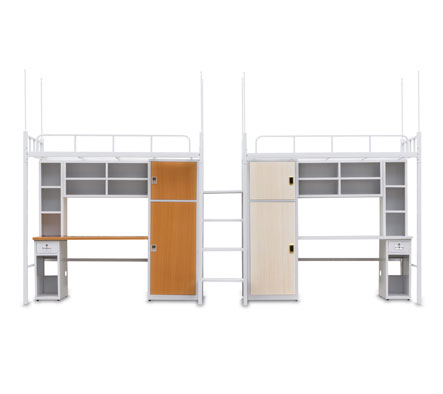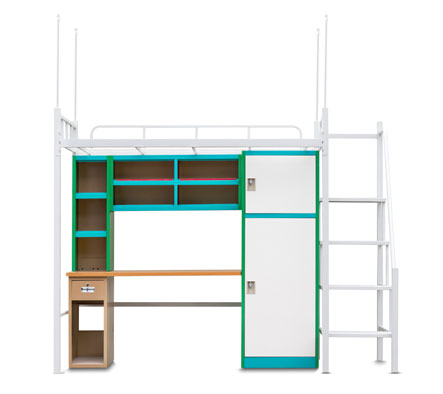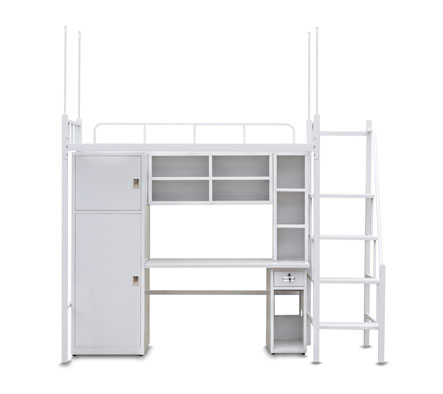杏耀平台手机下载:Guide to Eco-Friendly Furniture Design: Sustainable Practices and Recommendations in English

In today's world, where sustainability and environmental consciousness are becoming increasingly important, eco-friendly furniture design has emerged as a key area of focus for designers and manufacturers. Creating sustainable furniture not only helps in reducing the environmental impact of the industry but also promotes responsible consumer choices. In this guide to eco-friendly furniture design, we will explore the sustainable practices and recommendations to help you create environmentally friendly furniture designs in English.
**1. Sustainable Materials:**
Choosing sustainable materials is essential when designing eco-friendly furniture. Opt for materials such as reclaimed wood, bamboo, recycled metal, and natural fibers like hemp or organic cotton. These materials are renewable, non-toxic, and have a lower carbon footprint compared to traditional materials.
**2. Energy-Efficient Manufacturing:**
Adopting energy-efficient manufacturing processes is crucial in reducing the environmental impact of furniture production. Utilize solar panels, energy-efficient machinery, and implement measures to minimize waste in the manufacturing process.
**3. Upcycling and Repurposing:**
Upcycling and repurposing old furniture or materials is a great way to reduce waste and create unique, eco-friendly designs. Get creative with salvaged materials and give them a new life in your furniture designs.
**4. Minimalist Design:**
Embrace minimalist design principles that focus on functionality and simplicity. By designing furniture that serves its purpose efficiently without unnecessary embellishments, you can reduce material usage and waste.
**5. Use of Non-Toxic Finishes:**
Avoid using harmful chemicals in the finishes of your furniture. Opt for non-toxic, eco-friendly finishes like natural oils, beeswax, or water-based paints to ensure that your furniture is safe for both the environment and consumers.
**6. Consider Longevity and Durability:**
Design furniture that is built to last. By creating durable pieces that stand the test of time, you reduce the need for frequent replacements, ultimately minimizing waste and environmental impact.
**7. Educate Consumers:**
Educating consumers about the importance of choosing eco-friendly furniture is key to promoting sustainable practices. Provide information about your materials, manufacturing processes, and the environmental benefits of your designs to help consumers make informed purchasing decisions.
In conclusion, eco-friendly furniture design is not just a trend but a necessary step towards a more sustainable future. By implementing sustainable practices and following the recommendations mentioned in this guide, you can contribute to a greener and more environmentally friendly furniture industry. Let's design a better future together, one eco-friendly piece of furniture at a time.
同类文章排行
- 杏耀客户端登录:陕西环保家具公司有哪些值得推荐的?
- 杏耀注册平台官网:梅州环保家具用品售后服务指南
- 杏耀平台正规么:卓尔森环保家具:知乎用户如何评价这个环保家具
- 杏耀怎么注册:扬州铝制环保家具价格大揭秘,性价比高!
- 杏耀平台服务中心:<石柱环保家具店>:打造绿色家居生活,环保
- 杏耀平台代理登录网址是多少:环保家具哪个等级更好
- 杏耀平台在哪里:环保家具中国:推动绿色生活,打造可持续家居新
- 杏耀官网登录:黄陂区环保家具价格行情解析及购买指南
- 杏耀平台官网:平谷环保家具定制价格合理,信誉好,专业定制服务
- 杏耀平台代理怎么赚钱:嘉定区环保家具店一览:精选地址汇总,全
最新资讯文章
- 杏耀平台没有了:环保家具瑞典:让您的家更环保舒适
- 杏耀平台得专用通道:同安区环保家具购买优惠攻略
- 杏耀代理注册中心:环保家具的优势和特点
- 杏耀平台在哪里:环保家具中国:推动绿色生活,打造可持续家居新
- 杏耀平台线路测速登录:商丘全铝环保家具定做厂,专业定制环保家
- 杏耀平台服务中心是干嘛的:静安环保家具:环保家具品牌推荐
- 杏耀官网网站中心:江苏环保家具零售价格汇总及趋势分析
- 杏耀平台指定:泰州铝制环保家具生产厂家,专业定制环保家居产品
- 杏耀平台注册流程:道里区环保家具价格如何?
- 杏耀平台测速登录:北碚环保家具生产基地:打造绿色家居新风尚
- 杏耀注册平台官网:梅州环保家具用品售后服务指南
- 杏耀代理注册中心:黑龙江环保家具材料定制优质服务攻略
- 杏耀官网主管:东莞环保家具用品零售价格大揭秘
- 杏耀平台代理怎么赚钱的:淮安铝制环保家具生产商- 环保家具定
- 杏耀平台地址:宿豫区环保家具销售价格查询指南
- 杏耀平台登录网址是什么:平房区环保家具批发城:全新环保家具采
- 杏耀平台测:环保家具封边胶厂家排名及选购指南
- 杏耀平台怎么样?:北京老品牌环保家具:质量优,服务好,口碑一
- 杏耀平台注册代理:南阳全铝环保家具定做厂-精湛工艺,绿色环保
- 杏耀平台已7O777:九龙坡环保家具哪家好,值得推荐的环保家






